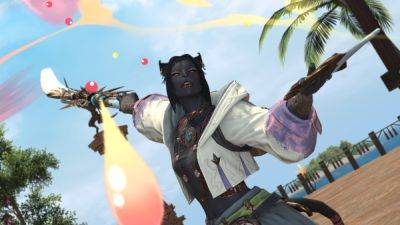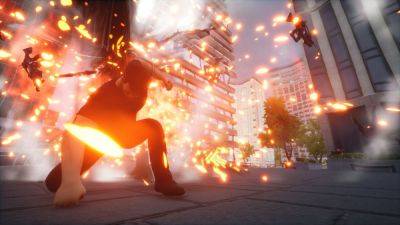Samsung and SK Hynix spend billions more on DRAM production to feed the never-ending hunger for AI servers
For as long as it has been running, the DRAM industry has been going through cycles of increased production and then scaling it back to boost profits. But now the two largest manufacturers are set to spend billions of dollars to significantly increase RAM chip output, all to meet the neverending demand for AI computers.
Samsung and SK Hynix manufacture all kinds of DRAM, be it DDR4 or DDR5 to go into your PC's motherboard, as well as GDDR6 (and now GDDR7) for your graphics card. But when it comes to the mega-processors, like AMD's Instinct MI300 and Nvidia's H100, the memory of choice is so-called High Bandwidth Memory (HBM).
What makes HBM special is that it comprises multiple DRAM chips all stacked together, with power and data transmitted through wires that run vertically through the die (called 'through-silicon vias' or TSVs, for short). Having lots of memory accessed in parallel massively boosts the read/write bandwidth.
Samsung's latest HBM3 Icebolt memory uses 12 layers of its latest 10 nm DRAM dies, for a total of 16 or 24 GB. The AMD Instinct MI300 has eight HBM3 modules (128 GB of GPU memory) which means there are 96 DRAM dies in just one accelerator. Hence why Samsung and SK Hynix are spending a bucketload of cash on increasing output, according to a report by The Korean Economic Daily.
Now, at this point, you might be thinking something along the lines of «Well, that's all interesting but that's just for AI, not PC gaming.» But here's the thing: the DRAM dies used for HBM can theoretically also be used in other applications, such as system RAM or graphics card VRAM.
HBM has been in the latter before—AMD was the first manufacturer to use HBM with a GPU in its Radeon RX Fury series, and then again with the RX Vega 64 and its siblings. The latest gaming graphics card to sport HBM was the Radeon VII and sadly, we've not seen it since as the outright speed of GDDR6X and GDDR7 offers sufficient bandwidth.
But if the market becomes awash with spare dies for HBM







